Navigating Lake Erie Fishing Regulations
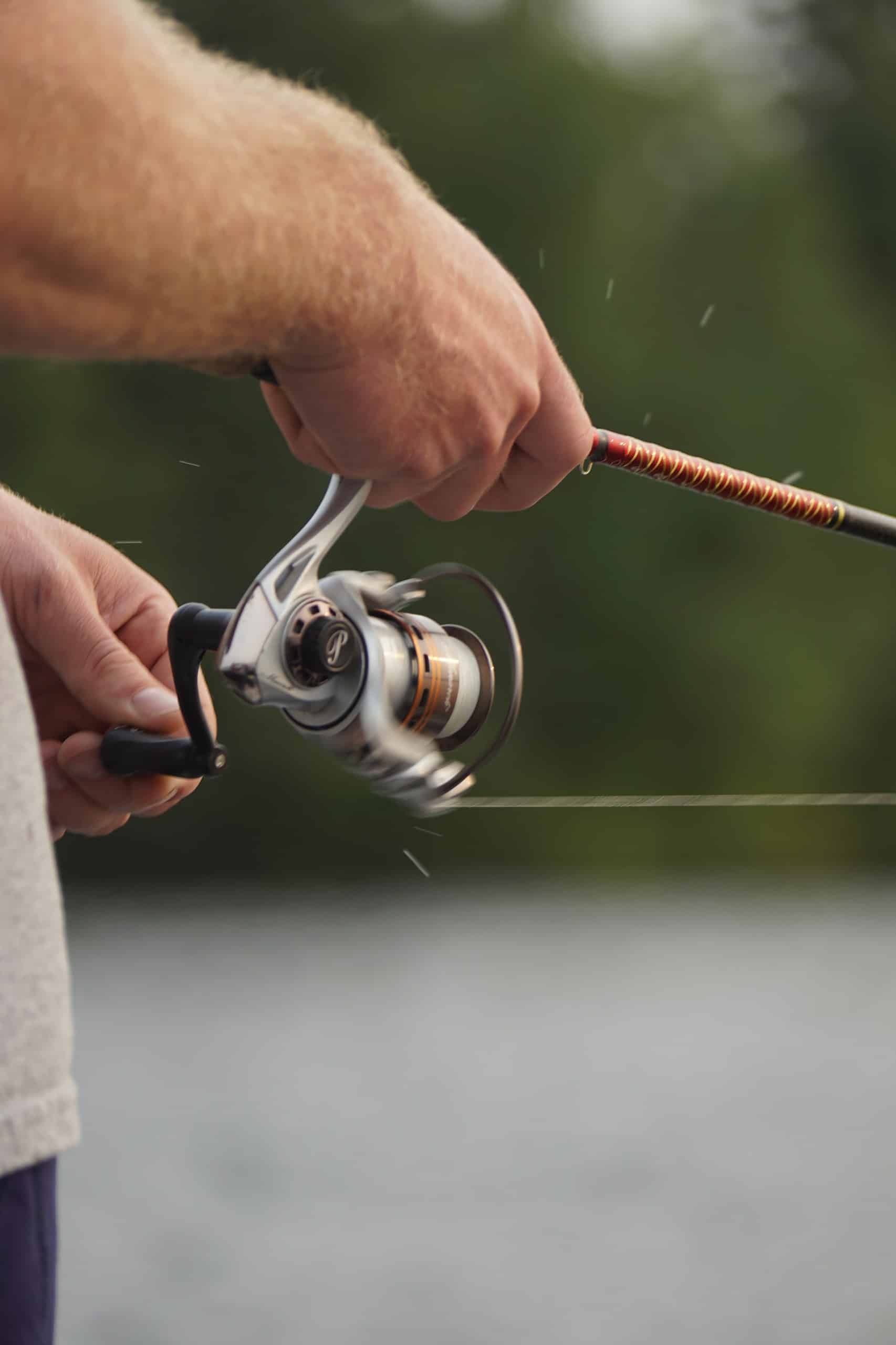
You’re standing on the banks of Lake Erie, rod in hand, ready to cast. But wait, do you know the rules?
Don’t get caught out! Understanding fishing regulations for Lake Erie, Ohio, isn’t as tricky as it seems. From licensing requirements to species limits and seasonal restrictions, we’ve got you covered.
Don’t let gear restrictions reel you in, get informed, stay legal, and enjoy your fishing experience without the worry.
Table of Contents
Key Takeaways
- Walleye season in Lake Erie, Ohio, starts in May and ends in February.
- A valid fishing license is required for anyone over the age of 16.
- Specific size and bag limits apply to different fish species in Lake Erie.
- Fishing gear restrictions are in place to ensure a fair fishing experience and protect the fish.
Overview of Lake Erie, Ohio Regulations
You’ll need to know that there are several key fishing regulations you must follow when fishing in Lake Erie, Ohio. Firstly, it’s essential that you’re aware of the specific seasons for different species. For instance, walleye season starts on the first Saturday in May and ends on the last day of February.
Secondly, you’re required to have a valid Ohio fishing license unless you’re under the age of 16. This license must be on your person at all times while fishing. Licenses can be purchased online or at various retail locations.
Next, there are size and bag limits for each species. For example, a walleye must be at least 15 inches long, and you’re limited to six per day.
Lastly, it’s worth noting that Lake Erie is a shared body of water, with Canada owning a portion. Therefore, if you’re planning on boating across the border for fishing, you’ll need to adhere to the regulations of both countries.
Licensing Requirements for Fishing
In terms of getting a fishing license, remember that it’s a mandatory step before you can cast your first line in Lake Erie, Ohio, unless you’re under 16. You can purchase a license from the Ohio Department of Natural Resources (ODNR) Division of Wildlife either online or at a licensed agent throughout the state. For residents aged 16–65, the annual fee is $19, while non-residents pay $40.
Seniors over 66 who are Ohio residents are eligible for a discounted fee of $10. Military personnel on active duty while on leave can fish without a license; however, they must carry their leave papers. For the rest of us, it’s essential to display the license where it can be readily seen, or you’ll risk getting a fine.
There are also one-day, three-day, and seven-day tourist licenses available, which cost $11, $19, and $40, respectively. These are a great choice if you’re just visiting or if you’re an occasional angler. Keep in mind that a fishing license doesn’t automatically authorize the catching of all types of fish. Different species have different regulations.
In the next section, we’ll delve into understanding fish species limits to ensure you’re fishing within the law.
Understanding Fish Species Limits
To ensure you’re not breaking any rules, it’s crucial to understand the specific limits set for different fish species in Lake Erie, Ohio. The Ohio Department of Natural Resources has established these limits to maintain a balanced ecosystem and ensure sustainable fishing practices.
For example, the catch limit for walleye, a popular species in Lake Erie, is six per day. Yellow perch, another common species, has a daily limit of 30. However, some species like Muskellunge have a size limit, where you can only take one per day that’s 36 inches or longer.
It’s also important to note that there are exceptions. For instance, during spawning seasons, certain species, like bass, may have different size and bag limits. All these regulations are set not only to keep our fish populations healthy but also to provide you with a fair and equitable fishing experience.
Remember, exceeding these limits can result in penalties, including fines and confiscation of your fishing gear. So, always be sure to stay within the rules.
In the next section, we’ll delve into seasonal fishing regulations, which also play a significant role in maintaining the balance of Lake Erie’s diverse ecosystem.
Seasonal Fishing Regulations
Aside from knowing the species limits, it’s equally important for you to be aware of the seasonal fishing regulations in Lake Erie, Ohio. These regulations are designed to protect fish populations during certain stages of their life cycle, thus ensuring their sustainability for future generations.
During the spring, from March 1st to April 30th, the walleye spawning season takes place. During this period, all walleye caught must be immediately released. Similarly, yellow perch have a closed season from May 1st to June 30th in certain areas to protect their spawning stocks.
In the fall, from September 1st to November 30th, regulations are in place for lake trout and steelhead trout. Anglers are allowed to keep two lake trout per day but must release any steelhead trout caught.
The winter season, from December 1st to February 28th, is considered open for most species. However, specific size and bag limits apply, and these can change annually based on fish population assessments.
So, while you’re enjoying the thrill of the catch, remember that following these seasonal rules is crucial for the health and prosperity of Lake Erie’s aquatic ecosystem.
Next, we’ll delve into the restrictions on fishing gear.
Restrictions on Fishing Gear
After getting a handle on seasonal regulations, it’s time for you to familiarize yourself with the rules concerning fishing gear in Lake Erie, Ohio. Ohio’s Division of Wildlife has set specific limitations on the type and quantity of gear you can use to safeguard the lake’s ecosystem.
Firstly, you’re not allowed to possess more than two lines at any given time, each of which can’t have more than three hooks or three baited hooks. Additionally, you can’t use a net to catch game fish; it’s reserved for baitfish only. This rule is in place to prevent overfishing and ensure a fair chance for all anglers.
Furthermore, the use of explosives, chemicals, or electricity to catch fish is strictly prohibited. These methods, while efficient, can significantly harm the aquatic habitat and disrupt the ecological balance of the lake.
Lastly, it’s important to note that snagging, or the act of hooking a fish anywhere but the mouth, is also illegal. This is to protect the fish and prevent unnecessary injuries.
Frequently Asked Questions
What Types of Fish Are Commonly Found in Lake Erie Ohio?
You’re likely to encounter various fish in Lake Erie, Ohio, such as walleye, yellow perch, and smallmouth bass. Additionally, you’ll find steelhead trout and freshwater drum. It’s a diverse ecosystem teeming with aquatic life.
Are There Any Specific Locations Around the Lake Where Certain Fish Species Are More Likely to Be Found?
Yes, you’ll find walleye in deeper waters, while yellow perch prefer shallower areas. Smallmouth bass are often found around rocky structures. Always remember to check local guidelines for specific locations and fishing regulations.
Are There Any Safety Precautions or Guidelines That Anglers Should Follow While Fishing in Lake Erie Ohio?
Yes, you should always wear a life jacket, observe weather conditions, avoid fishing alone, and follow all local fishing laws. It’s crucial to maintain respect for the environment and other anglers too.
Can One Fish at Lake Erie Ohio at Night or Are There Any Time Restrictions in Place?
Yes, you can fish at Lake Erie, Ohio, at night. However, it’s crucial that you’re aware of certain restrictions, like specific species and size limits. Always check the latest local regulations to ensure you’re compliant.
Are There Any Special Fishing Events or Tournaments Held at Lake Erie Ohio?
Yes, Lake Erie, Ohio, hosts various fishing events and tournaments throughout the year. You’ll find competitions like the Walleye Fall Brawl and Ice Fishing Derby, which attract both professional and amateur anglers.
Conclusion
So, think of Lake Erie, Ohio’s fishing regulations as a recipe.
You’ve got your license as your main ingredient, fish species limits are your measurements, and seasonal regulations are like the cooking times.
Your gear restrictions? They’re your utensils.
Follow this recipe faithfully, and you’ll not only have a successful fishing outing but also contribute positively to the conservation of this precious natural resource.
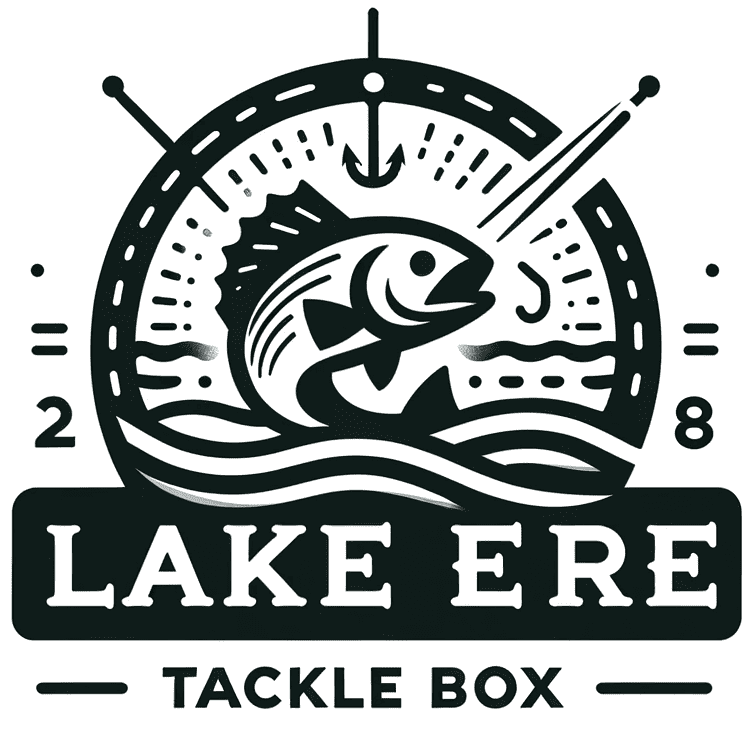
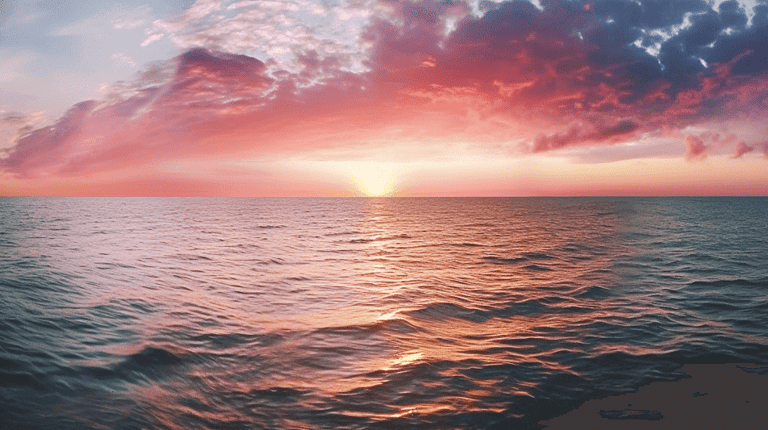
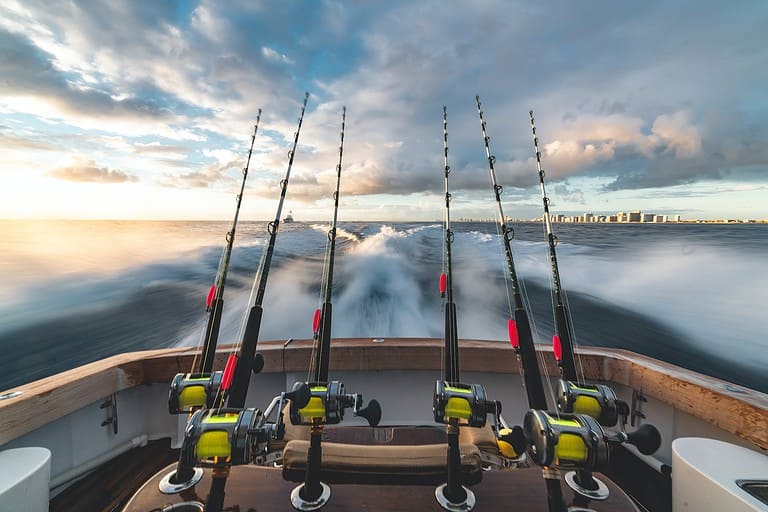
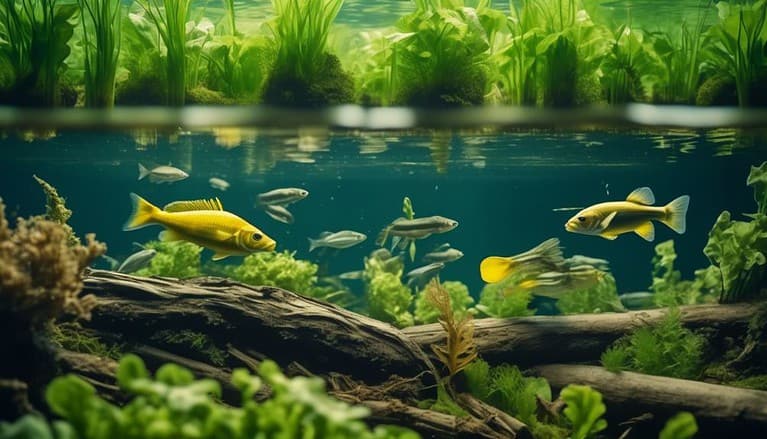
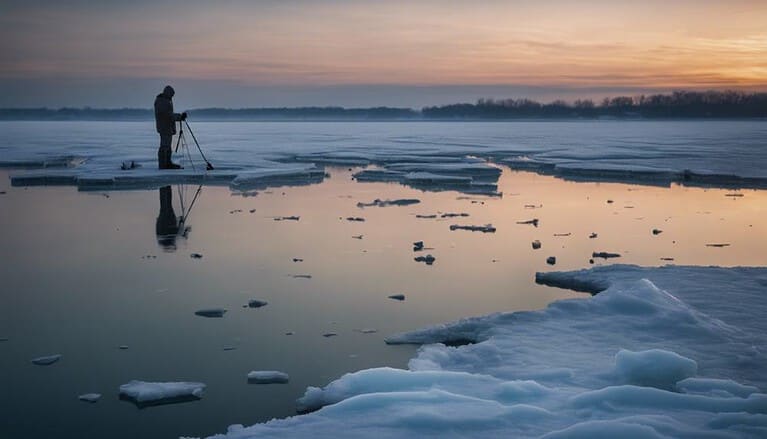
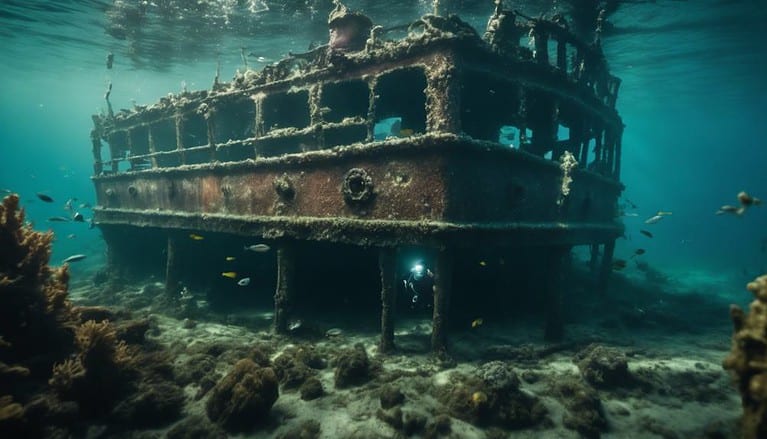
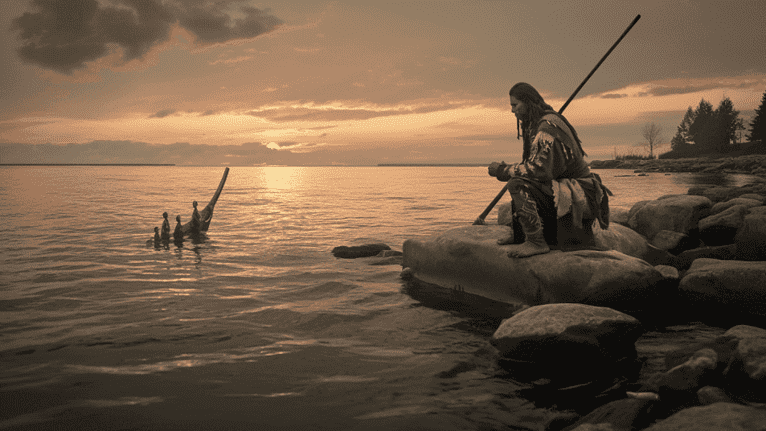
3 Comments
Comments are closed.